Data Fusion

Can Data fusion improve time series predictions?
In the ever-evolving landscape of predictive modeling, the success of a time series forecast often hinges not just on how you model the data, but also what data you choose to model . Traditional time ...
📚 Read more at Level Up Coding🔎 Find similar documents
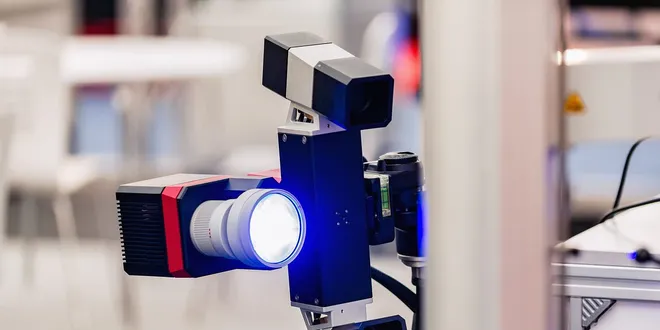
A Practical Dive into Data Fusion For Self-Driving Cars
What is data fusion, and how can we use it to improve the performance and safety of self-driving cars? In this article, we introduce this concept, and apply it to a case study with RGB and lidar fusio...
📚 Read more at Towards Data Science🔎 Find similar documents

Merging Multiple Datasets at Scale
Joining data on the modern data stack Photo by Tim Foster on Unsplash When working in data science, rarely will a data scientist be able to find all of the necessary data for their project in a singl...
📚 Read more at Towards Data Science🔎 Find similar documents

Fuzzy Integral: A deep dive into data fusion
The Fuzzy Integral is a powerful, lesser-known data fusion technique. I’ve spent the last seven years researching its many properties. This post introduces and explores the basic mechanics of the…
📚 Read more at Towards Data Science🔎 Find similar documents
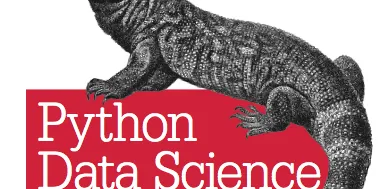
Combining Datasets: Merge and Join
One essential feature offered by Pandas is its high-performance, in-memory join and merge operations. If you have ever worked with databases, you should be familiar with this type of data interaction....
📚 Read more at Python Data Science Handbook🔎 Find similar documents
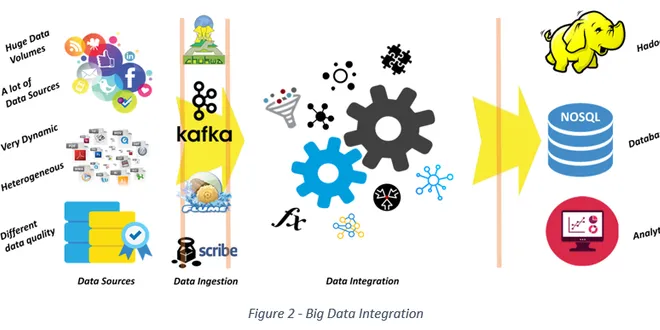
Big Data Integration
Data integration is a set of processes used to retrieve and combine data from disparate sources into meaningful and valuable information. A complete data integration solution delivers trusted data…
📚 Read more at Towards Data Science🔎 Find similar documents
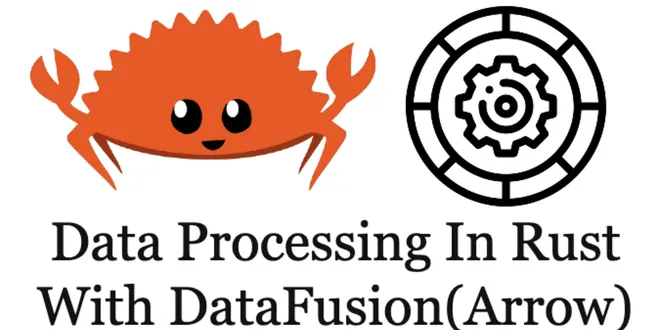
Data Processing In Rust With DataFusion (Arrow)
DataFusion (part of Arrow now) is one of the initial attempts of bringing data processing to the Rust.
📚 Read more at Towards Data Science🔎 Find similar documents
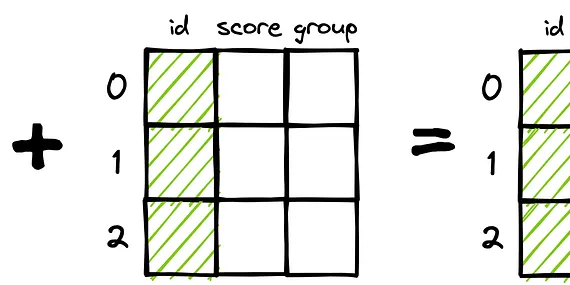
20 Examples to Master Merging DataFrames in Python Pandas
Merging enables combination of data from different sources into a unified structure. It’s an essential operation when working with tabular data because it’s not possible or feasible to store all data…...
📚 Read more at Towards Data Science🔎 Find similar documents

How Do You Combine Data Engineering with Data Science?
Data merging is a crucial skill for data engineers and analysts. Combining data from different sources allows you to enrich your analysis and gain more powerful insights. In this comprehensive guide, ...
📚 Read more at Python in Plain English🔎 Find similar documents

Joining Data Sources
Most “data science” in the real world involves creating a data set, a visualization, an application that requires pulling and joining data from very different sources to tell a cohesive story. Moving…...
📚 Read more at Towards Data Science🔎 Find similar documents

Joining and Merging Data with Pandas
Joining and merging data is a crucial task in any data analysis workflow. Pandas, the Python library for data manipulation and analysis, provides a suite of functions to join and merge data from…
📚 Read more at Python in Plain English🔎 Find similar documents

Sensor fusion explained with rotating iPhone
Sensor fusion is the usage of multiple sensors to decrease the uncertainty of the prediction. A more formal definition comes from the IEEE Geoscience and Remote Sensing Society Data Fusion Technical C...
📚 Read more at Towards Data Science🔎 Find similar documents

